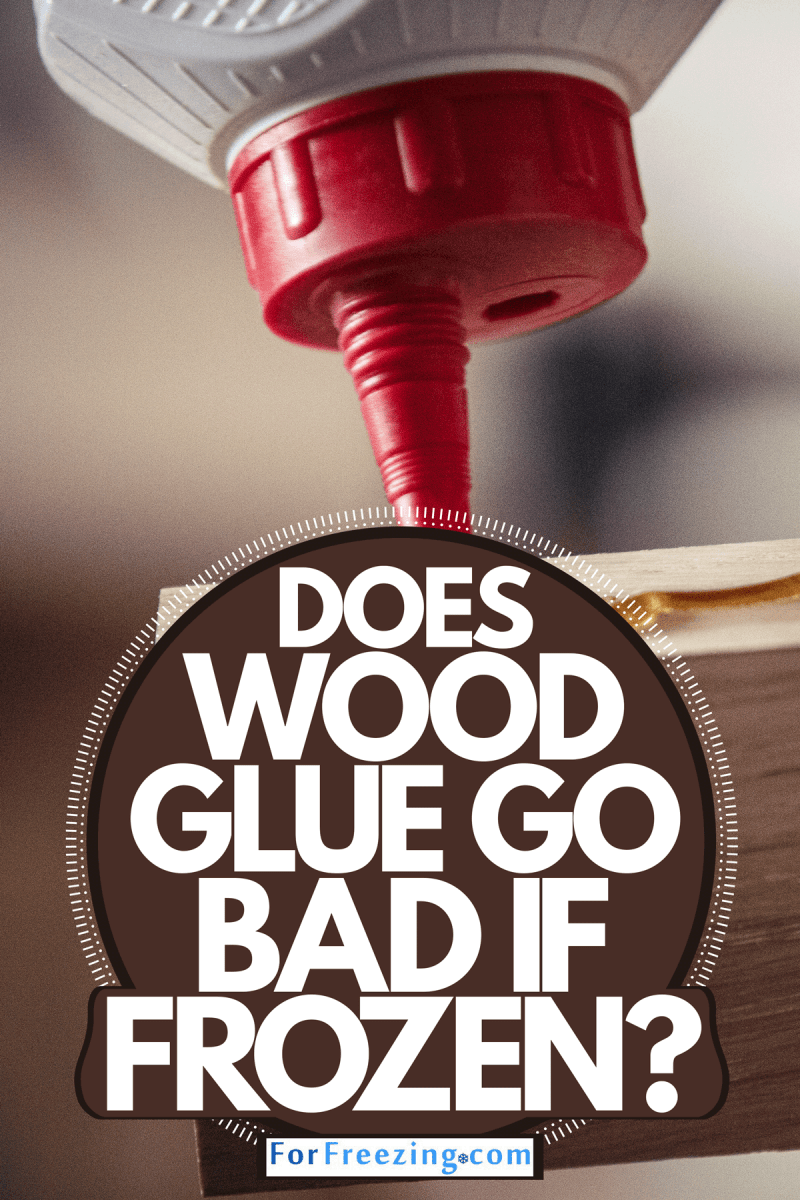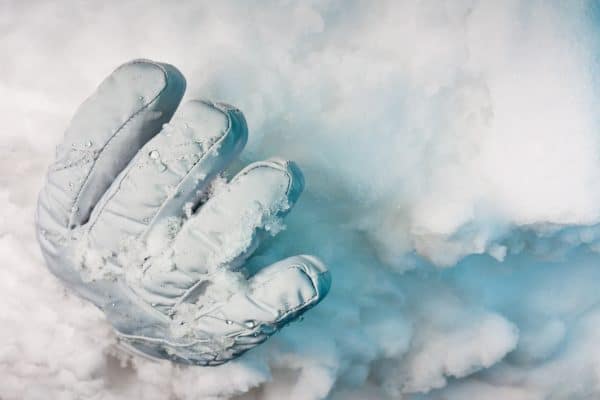Are you wondering if wood glue goes bad if frozen? You are in the right place. We’ve done the research regarding this topic and we’ve gathered lots of information that will surely give you clear answers about this concern.
The majority of wood glues are made to resist a minimum of five freeze or thaw cycles. Your wood glue may even last for a year or two when stored properly.
If your wood glue becomes frozen, that doesn’t mean that you can’t use it again. We completely understand if you are a bit confused. That is why we’ve made this post to answer some of your concerns about frozen wood glue. If you’re interested, continue reading.
NOTE: WE MAY GET A COMMISSION IF YOU DECIDE TO MAKE A PURCHASE THROUGH THESE LINKS. THERE'S ADDITIONAL NO COST TO YOU. CHECK THE BOTTOM OF THE PAGE FOR MORE INFORMATION.

What Happens to Wood Glue When It Freezes?
As mentioned, most glues are made to withstand certain freeze or thaw cycles. With every cycle, the wood glue will form a gel. While mixing will break such gels easily, every succeeding freeze/thaw cycle will make the gels harder to disperse. In due course, you will not be able to break the gels. Thus, your wood glue will remain solid.
You can easily identify whether the glue goes bad if it does not do its job of sticking the wood joints together. Further, the too soggy texture or sticky texture is an indication of a useless type of wood glue.
You need to ensure that your wood glue has the right consistency, in terms of stickiness. It should flow smoothly and nicely and not stringy or clumpy. Or else, the glue will stick to itself instead of the wood.
How Do You Unfreeze Wood Glue?
When your wood glue freezes, that doesn’t mean you will need to dispose of it right away. Instead of throwing it away, consider doing the following ways to unfreeze your wood glue:
Stir the Wood Glue
Depending on the kind of wood glue you are utilizing as well as the degree to which it’s frozen, you can restore its sticky consistency by stirring.
But you should begin by testing your wood glue to make sure that you don’t damage your wood project. After stirring the wood glue, you’ll need to check if its consistency is appropriate. Then, check if your wood glue works.
Also, if the wood glue is lumpy even after you stir it for a couple of minutes, it is an indication that your frozen glue is bad.
However, it is worth mentioning that there are cases in which wood glue may achieve its original consistency but not work efficiently. Thus, testing before using it should be your top priority at all times.
Warm-Up at Room Temperature
Another way to unfreeze your wood glue is to let it warm at room temperature. Then stir it up constantly until you see changes in color and consistency. If you notice that your wood glue recovers its original color, it means that you can still use it. But if it looks like cottage cheese, your wood glue is bad because it has frozen for a long period. And this means that you need to dispose of your glue.
Does Wood Glue Work in the Cold?
Yes, wood glue works in the cold. But to be safe, we highly recommend that you store it in a dry place so that it won’t freeze.
If you have plenty of wood glue, you will need to store it in a storage or room where the temperature will be regulated. Make sure that the temperature in this place is within the temperature range that’s suggested by the wood glue’s manufacturer. As long as your wood glue is within the suggested temperature of the manufacturer, it will be in good condition and less likely to freeze.
On the other hand, when you’re working with wood glue during the winter, you will need to work in a warm room. For instance, you can use the AC system or have solar panels to warm the area effectively.
Also, though it may sound a bit senseless, consider warming the wood materials before using them, especially if you want your wood glue to work in the cold. If the wood is warm, the wood glue will run effectively and most importantly, result in stronger joints.
Further, when you’re working in a cold condition, it will take too long to dry up. But when you heat the wood, it guarantees that your wood glue will work as efficiently as it should.
How Do You Revive Old Wood Glue?

If you have old wood glue and you are hesitant to throw it away, the good news is that there are various ways you can revive it. Let’s take a look at these ways:
- Adding some water will do the trick when reviving old wood glue. Water-based wood glue can be easily thinned by adding five percent of the volume or weight of the glue.
- You can also heat your old glue in warm water, but keep in mind that it only works in liquid wood glue.
- Tapping the glue’s container on a hard surface will also help in reviving it. You can do this a couple of times in order to loosen up the content. If you have done this method several times and you don’t see any difference, consider trying other methods.
- This may sound impossible, but adding vinegar also revives the consistency of your old wood glue. Simply add one to two drops of vinegar and stir the glue.
In Closing
Based on the information provided above, the answer to the question “does wood glue go bad if frozen?” will depend on several factors, such as the degree to which it is frozen, the type of glue, and how it is stored. So, if you want to save money from wasting glue, make sure to store it in a dry, cool area. Also, avoid buying in bulk, especially if you will only need a small amount.
We hope that you find this article helpful.



